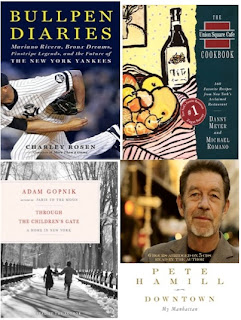Search This Blog
A strolling guide to New York City by writer and photographer Teri Tynes. Active during the years 2007-2021, Walking Off the Big Apple plans new walks away from the city in the summer of 2025.
Posts
Showing posts from October, 2011
Coming this summer 2025
A Hudson River Camino - a cultural and spirit-filled pilgrimage up river.
Storm Scenes: A Nor'easter Plows Into a Surprised New York City
- Get link
- X
- Other Apps
Visions of the New Metropolis: A Steampunked Ride to Roosevelt Island
- Get link
- X
- Other Apps
A Steampunk Walk Down Under the Manhattan Bridge
- Get link
- X
- Other Apps
Brief Excursions Into Central Park: Photos from an Autumn Day
- Get link
- X
- Other Apps
OHNY Weekend, Part III: A Ballroom, A Penthouse, and the Streets Between
- Get link
- X
- Other Apps
OHNY Weekend, Part II: Sacred Institutions of the Upper West Side
- Get link
- X
- Other Apps
OHNY Weekend, Part I: A Lobby and Two Libraries in Midtown
- Get link
- X
- Other Apps
How to Check Out eBooks from the New York Public Library, and A Suggested New York List
- Get link
- X
- Other Apps
Walking the Talk: Zuccotti Park to Union Square and Beyond
- Get link
- X
- Other Apps
For Occupy Wall Street, It Was Next Stop, Greenwich Village
- Get link
- X
- Other Apps
The Scene at Foley Square: A Rally of New Yorkers
- Get link
- X
- Other Apps
June 11, 2025 in Beacon, NY

On a day trip from NYC


